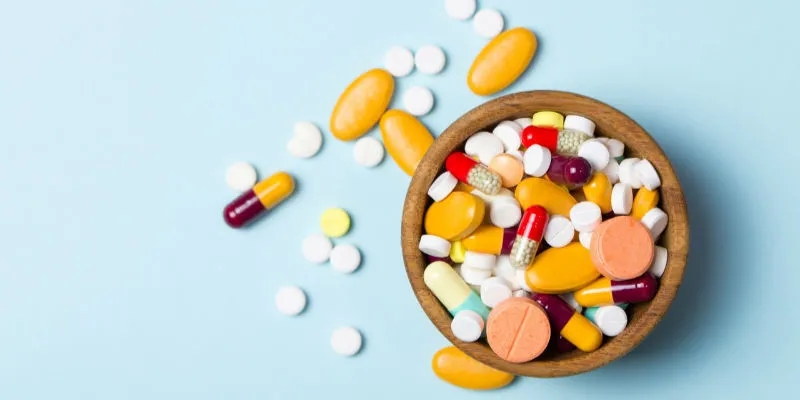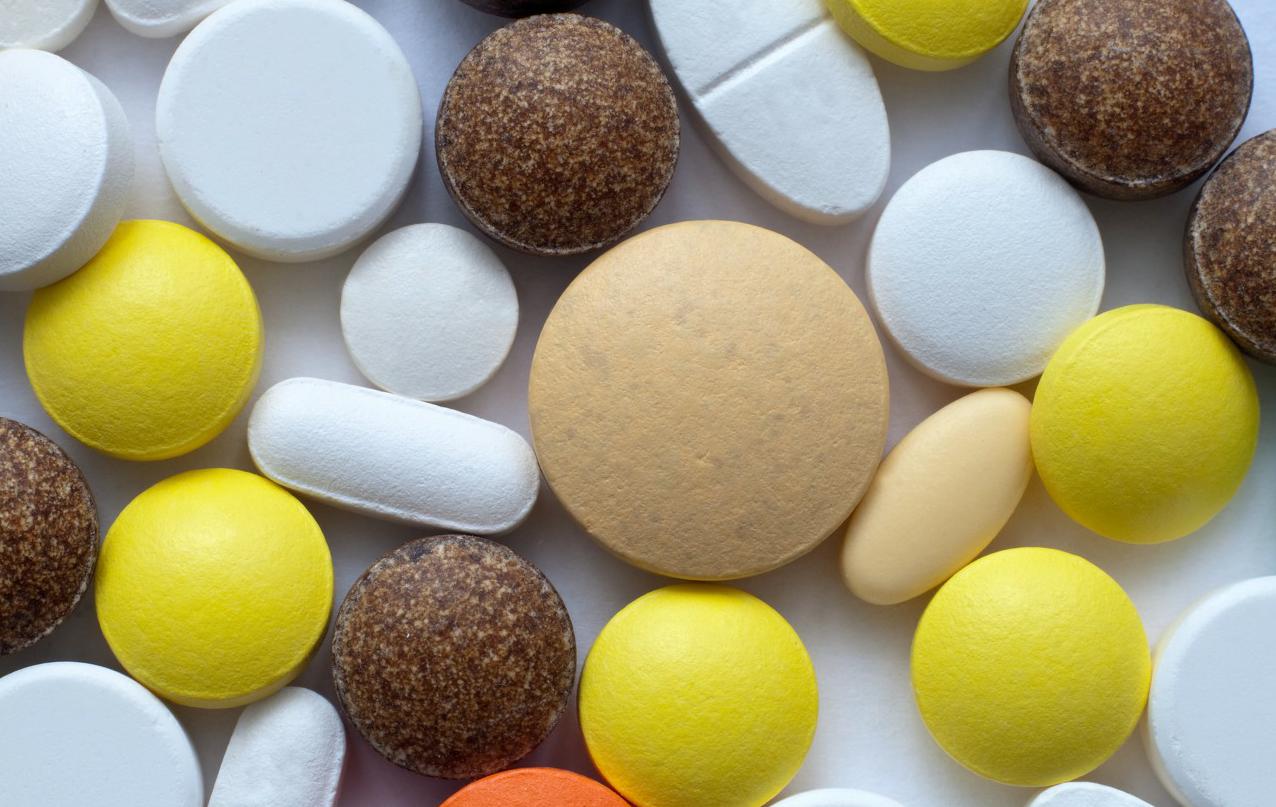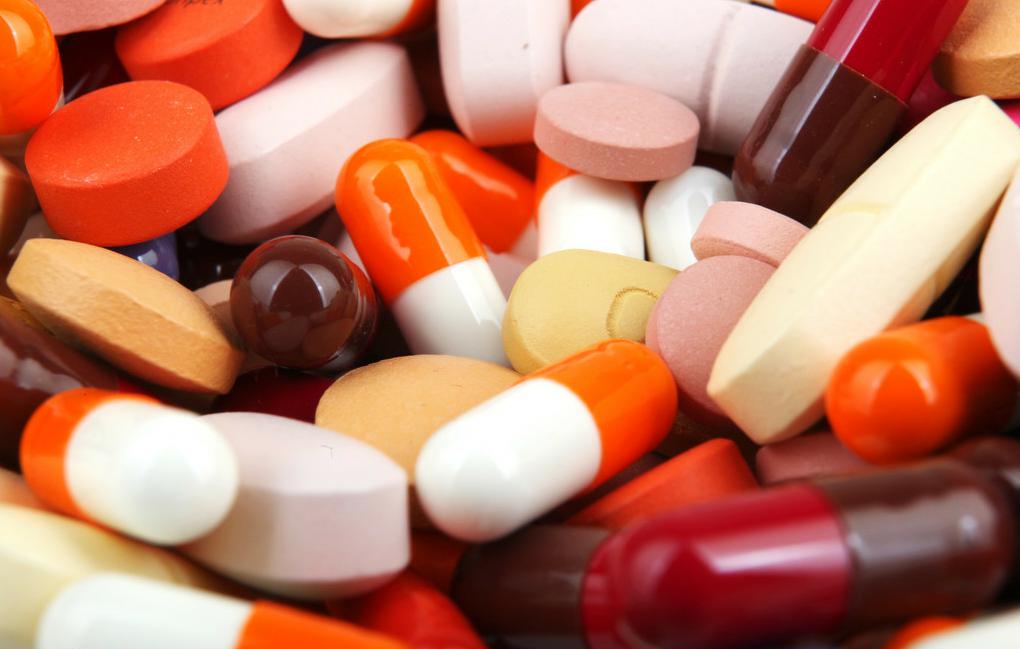Why should the pills be made colorful?
I believe that when many people take medicine, they will have the same doubts as me: Why do the pills have so many different colors?
 First come to science, these colorful tablet pigments are harmless to the human body!
The pigments commonly used in medicines are divided into two categories: natural pigments and synthetic pigments. Commonly used natural pigments include caramel, leaf green, carotene, beet red and iron oxide, which are harmless to the human body.
Synthetic pigments must undergo strict safety tests to prove that they have no obvious toxic effects on the human body before they can be approved as drug coloring materials.
First come to science, these colorful tablet pigments are harmless to the human body!
The pigments commonly used in medicines are divided into two categories: natural pigments and synthetic pigments. Commonly used natural pigments include caramel, leaf green, carotene, beet red and iron oxide, which are harmless to the human body.
Synthetic pigments must undergo strict safety tests to prove that they have no obvious toxic effects on the human body before they can be approved as drug coloring materials.
It can also judge whether it has expired from the color of the medicine.
If the medicine turns out to be a bright color, fades or discolors, it may indicate that the medicine has deteriorated. It is recommended to stop using it and consult a doctor or pharmacist.
If the medicine itself is white, such as vitamin C, and the color turns yellow, don't take it again. Some medicines are transparent. If the color does not change significantly but becomes no longer transparent, it is best not to take them.
Why do the pills dress up as "skittles"?
For Shading
Avoid deterioration. Some drugs "can't see light", such as the antibacterial drug ciprofloxacin and the antihypertensive drug nifedipine, if they are not stored in the dark, they will cause the active ingredients to decompose when exposed to light and reduce the efficacy of the drug. Adding colorants and sunscreens to these drugs can prevent light from passing through, which is beneficial to improve the stability of light-sensitive active ingredients.
 The white tablets do not add too much sunscreen and other auxiliary materials, and they need our care. It is best to keep it in a closed and dark place to avoid oxidation or moisture absorption in contact with air, and to avoid deterioration of the drug under the action of light.
The white tablets do not add too much sunscreen and other auxiliary materials, and they need our care. It is best to keep it in a closed and dark place to avoid oxidation or moisture absorption in contact with air, and to avoid deterioration of the drug under the action of light.

Different from other medicines
Avoid missed or mistakenly served. Many patients, especially those with chronic diseases and elderly patients, may take several medicines at the same time. Different colors also help patients distinguish different medicines.

Psychological suggestion
A study published in "Biotechnology" in the United States found that the shape, taste, and even color of the drug will affect the patient's attitude towards the drug, which in turn affects the efficacy.
Researchers from the University of Mumbai in India conducted a household survey of 600 residents for non-prescription drugs. Respondents need to make judgments about the preferences and feelings of the color of the film.
It turns out that for most people, the color and shape of the pill will affect their first impression of the drug. Among them, red and pink pills are the most popular, and the elderly and women prefer red pills.
For example: Most of the food for children, colorful, made into various cute shapes, the purpose is to increase the attraction to children, so that they will not be afraid of taking medicine.
Regardless of the true taste of the pills, most people think that pink pills are sweeter, yellow pills are salty, orange pills are sour, and white pills are more bitter; blue and green have a stronger tendency to calm down.
Therefore, painting a specific color according to the different functions of the drug can bring a certain degree of psychological hints to the patient.
Issue a warning
Some drugs are made into specific colors to remind people not to abuse them. For example, the disinfected high-mercury chloride tablets for external use are stained dark red because of their high toxicity, to warn people not to take them internally.







